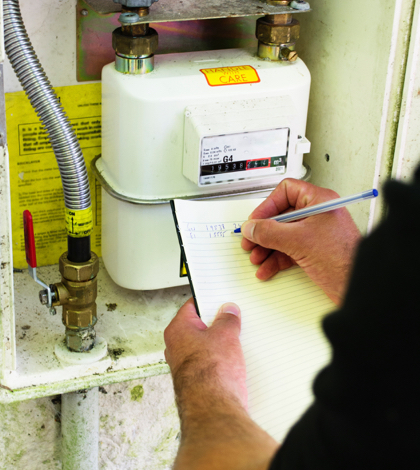In Northern California, residents of Morada, a small town outside of Stockton, are fighting against the use of water meters. Although a state law was passed in 2004 that required every water district in the state to install meters, districts have until 2025 to implement the change. In Morada, water meters have been installed on homes, but have yet to be turned on and utilized.
Currently, Morada residents are charged a $126 flat fee for unlimited water. Despite the California drought, Morada residents have sited a portion of Proposition 218 that keeps utility companies from imposing new fees if the majority of ratepayers protest, as their reason for opposing the use of water meters.
Proposition 218 was passed in 1996 as a means of protecting taxpayers. The proposition was written by the Howard Jarvis Taxpayer Association and limited how state and local governments can create or increase taxes and fees, especially when dealing with property taxes.
Morada homeowners are using almost eight times more water as nearby cities and are paying significantly less than their counterparts. Because of that, residents of cities nearby say Morada residents should pay their fair share for water usage, especially because their water supplier is the same.
As it is, Morada’s water district, County Service Area 46, is going into severe debt because of the flat fee. The price of water is no longer covering the district’s cost of doing business, which includes taxes and electricity bills.
The California drought has forced smaller water districts, like County Service Area 46, to reevaluate how quickly they will implement the new meter policy. Northern California, as a whole, has very few water meters installed. Around 61,000 homes lack water meters. For the longest time, the water agencies saw no need for them. There was an abundant supply of water with all of the nearby rivers, streams and underground aquifers. Because residents lived near those bodies of water, they felt entitled to access them.
“Water never cost much in this part of the state because it was everywhere, so meter installation and meter reading always seemed like an added, unnecessary expense,” Jay Lund, director of UC Davis’ Center for Watershed Science told Mercury News.
The California drought has caused Central Valley water districts to speed up the process of installing water meters on homes. Bigger cities, like Galt and Lodi, have already began the metering process, in homes of urging residents to conserve more water. As it is, Discovery Bay, a water supplier in the Bay Area, is the urban water supplier that doesn’t have a fully metered district.
San Joaquin County hired a communications consultant, Kim Floyd, to answer questions about the new metering process. She was hired in response to the need for meters due to the California drought.
“People go through a grieving process over rate increases. First they’re angry. Then they deny the change is needed, and eventually they come to a point where they accept it. It takes time,” Floyd told Mercury News.
Based on the average household use in Morada – 1.2 million gallons – resident’s bills are expected to go up by $500 a year. If residents curb their water usage by a third, their bill is expected to go up only $100 more a year.
 California Water News Daily Your Source For Water News in California
California Water News Daily Your Source For Water News in California


